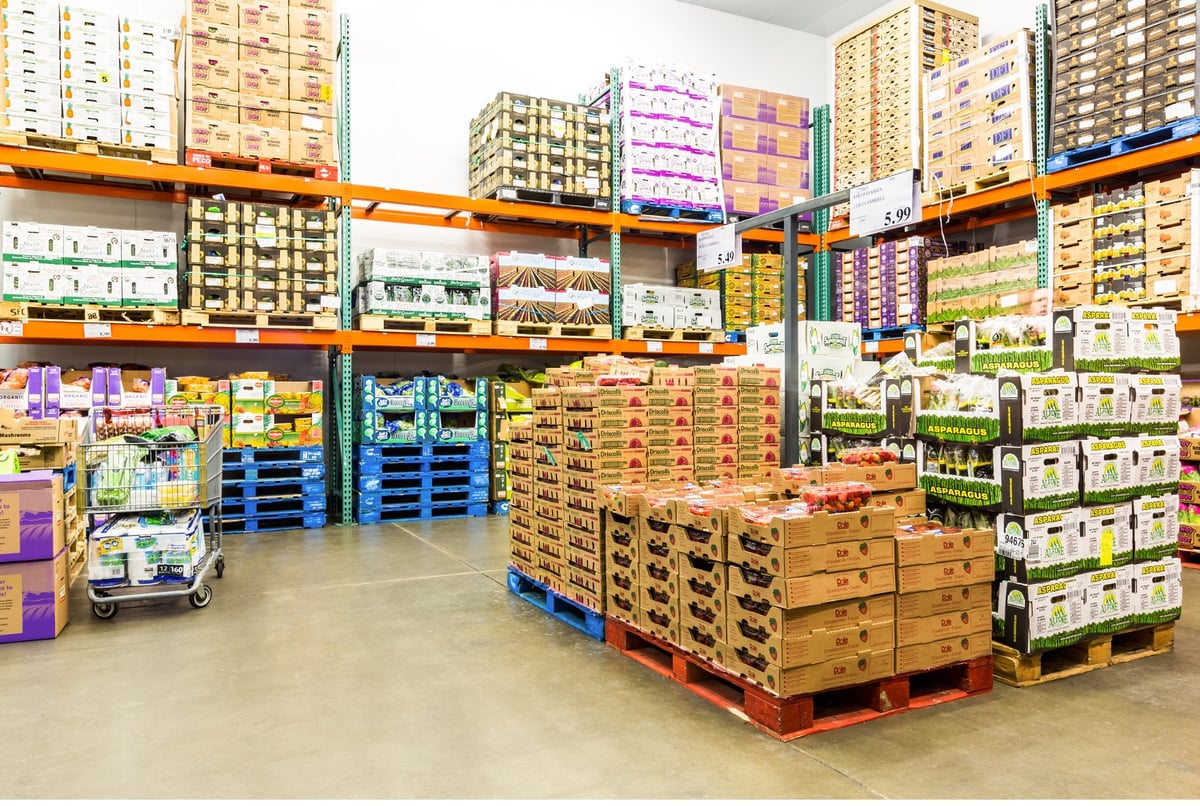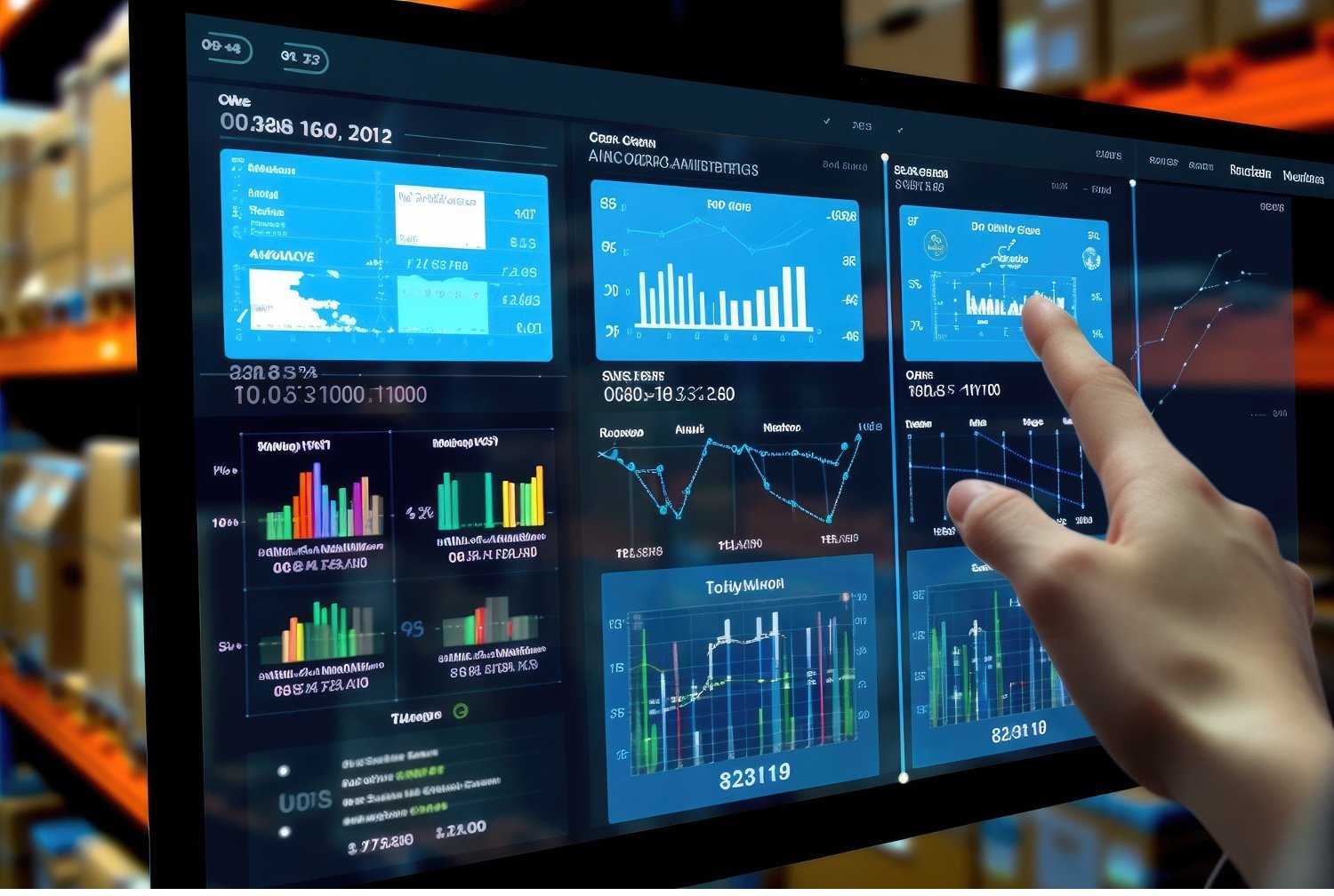Adapting To Change: Wholesalers' Strategies For Thriving In The Digital Age

The digital age has brought significant disruptions in businesses with noticeable changes in customer behaviour, competition, access to a wider market, and increased reliance on technology. Amidst these changes, it’s become almost a law for businesses to adapt to the trends and to thrive in the new economic environment.
Wholesalers, in particular, stand to benefit more by embracing the digital age by reducing waste materials and optimizing logistics, among others. But adoption of digital tools is one thing, and thriving with them is another. How do wholesalers adapt and thrive to these changes?
Here’s a look at the top strategies:
- Embracing e-commerce
E-commerce is a cornerstone of today’s shopping culture. It has become the preferred business model for wholesalers looking to expand their customer base and market reach. Unlike the brick-and-mortar model that was usually limited to a particular location, an e-commerce store allows you to interact with and sell to any customer who can access the online platform regardless of their location.
Besides breaking the geographical limitations, e-commerce stores also provide the convenience and access that cater to any modern shopper. They enable wholesalers to operate 24/7, transcending time zones, and allow customers to view products and make orders whenever they like. This offers a seamless shopping experience and helps wholesalers take advantage of different consumer habits and locations.
Additionally, leveraging e-commerce helps businesses showcase various products, including product descriptions, implement dynamic pricing strategies, and create a personalised customer experience. All these features can contribute to more engagement, improve customer satisfaction, and boost sales.
- Digital marketing
With digital age taking centre stage, wholesalers can use digital marketing to increase their visibility and connect to a wider audience.
One aspect that has become very useful to businesses is the power of social media. With about two-thirds of shoppers using social media as part of their shopping strategy, platforms such as Facebook, Instagram, and Twitter have become essential for B2B and B2C businesses.
Additionally, social media platforms provide invaluable data and analytics, such as measuring post and page engagements and the demographics of visitors. All this allows wholesalers to tailor their content and offerings to suit their audiences.
Other than social media, wholesalers can also use search engine optimization (SEO) to increase the visibility of their stores through organic search. By including relevant keywords, creating useful content, and optimizing your website, you can rank higher on search engine results pages (SERPs). These digital marketing strategies are powerful ways for wholesalers to reach customers, market their products, and close sales.

- Data-driven decision making
Wholesalers today rely on data to make decisions about business operations such as marketing, supply chain optimization, and exploiting new markets. With data, you run your business from a more informed point of view rather than basing it on chance.
By utilising advanced analytics tools, you can analyse patterns and trends from several data points. For example, you can determine the main source of your website traffic to see where your marketing and sales efforts have the best ROI. You can also use this analysis for more accurate forecasting of inventory needs, which can help reduce overstocking and stockouts.
Data analytics also empowers wholesalers to understand their customers more. For example, you can use past purchases, browsing behaviour, surveys, and feedback to identify the specific needs of different customers. You can then segment the customers into different groups and tailor their experiences for personalised and targeted marketing campaigns.
- Supply chain optimization
Another important strategy that wholesalers use to adapt to the digital age is through supply chain optimization. This refers to the adjustments made to the supply chain to ensure the operations are at the peak of efficiency. The integration of artificial intelligence (AI) and the Internet of Things (IoT) in supply chain systems can help predict market trends and consumer demands. In turn, this data can be used to optimize inventory levels and reduce waste.
IoT devices are used for real-time tracking of goods, providing transparency and control over the products. This leads to a more sustainable business model that can withstand any disruption, be it environmental or market-related. Additionally, it also enhances customer satisfaction by ensuring that they can easily get the products they need from your business as you keep an optimized inventory.
Conclusion
The wholesale business plays a crucial role in the supply chain by acting as an intermediary between manufacturers and retail stores. But as business models shift to a more digitally-centered design, it can be easy for any wholesaler to fall behind and miss out on potential business opportunities.
By following the strategies discussed in this article, wholesalers can adapt to the changing digital space, maximising efficiency and boosting revenue. Talk to Splash about how to transform your business 09 300 7336.